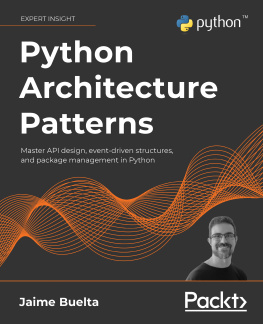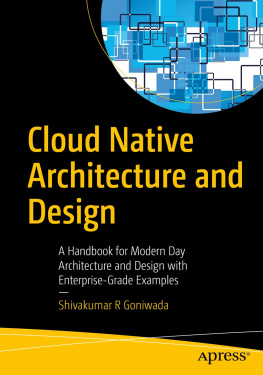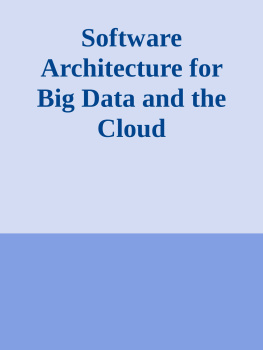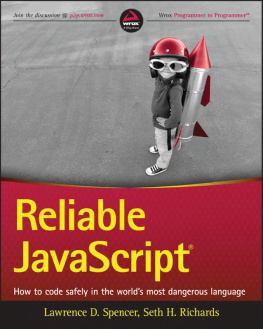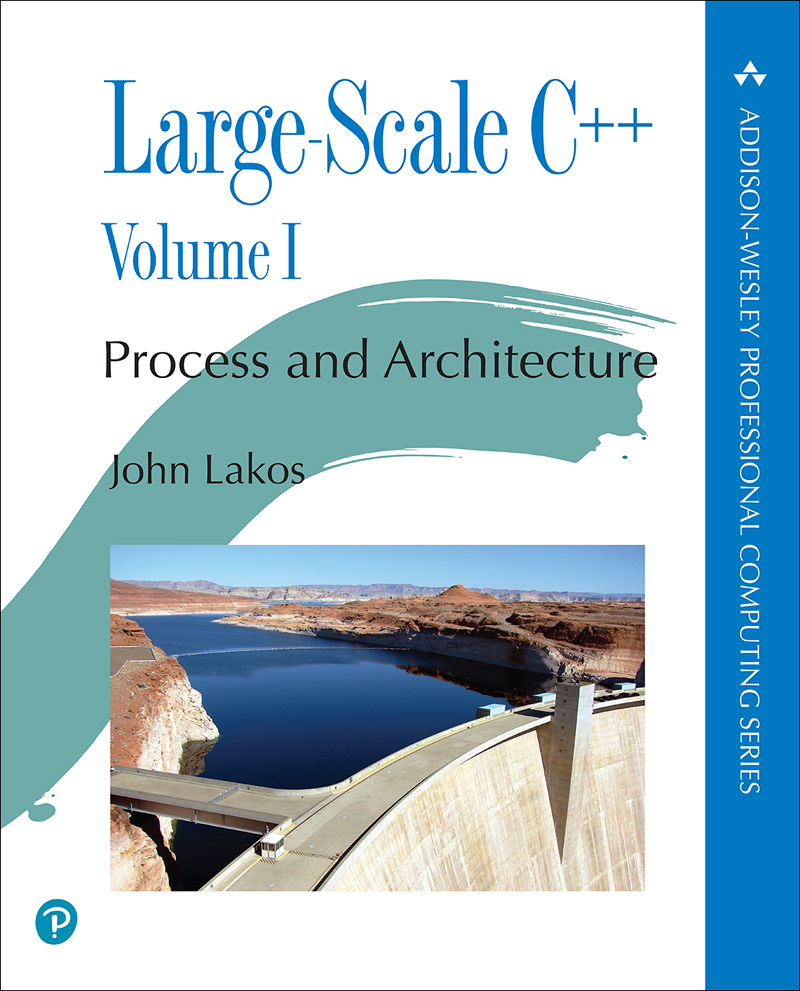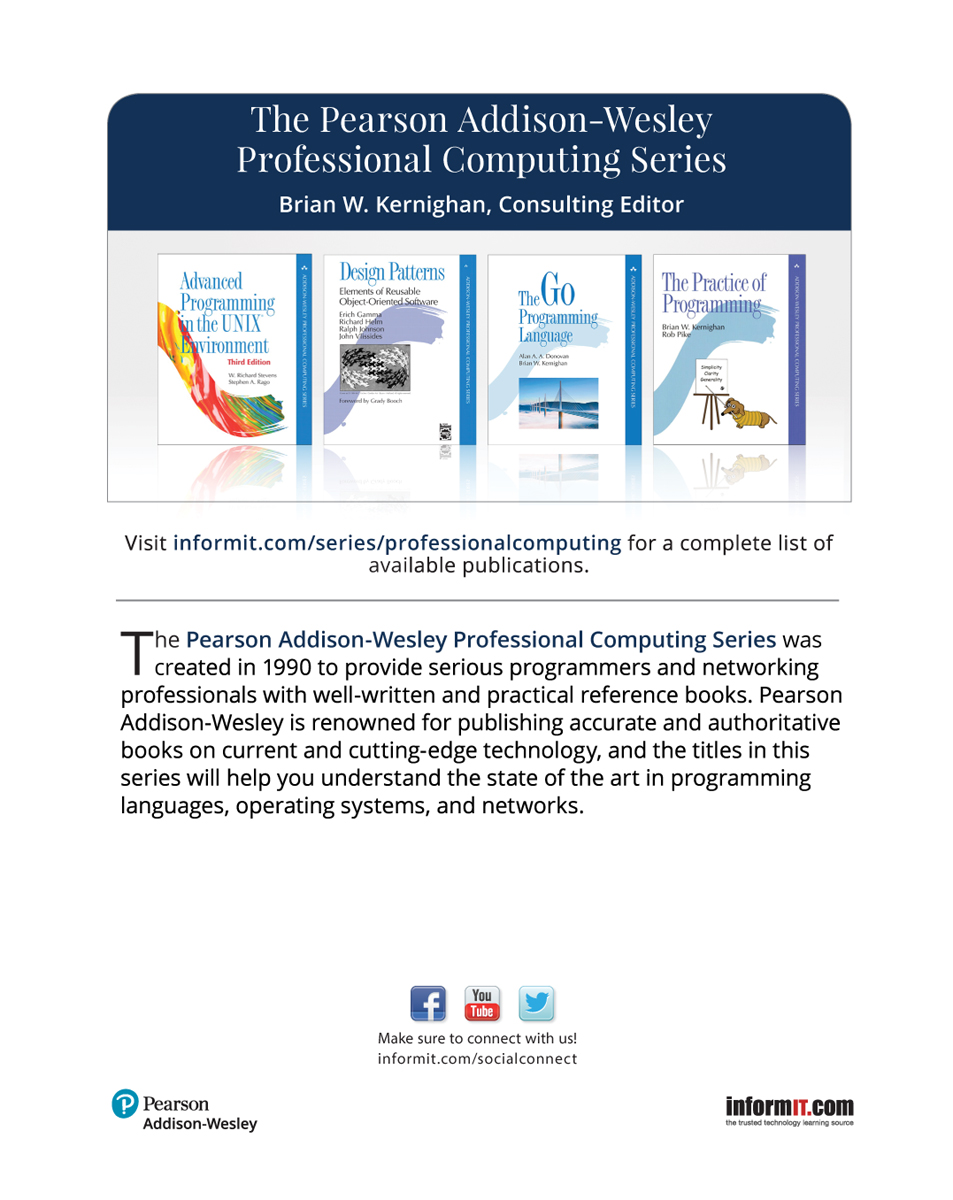John Lakos [John Lakos] - Large-Scale C++ Volume I: Process and Architecture
Here you can read online John Lakos [John Lakos] - Large-Scale C++ Volume I: Process and Architecture full text of the book (entire story) in english for free. Download pdf and epub, get meaning, cover and reviews about this ebook. year: 2019, publisher: Addison-Wesley Professional, genre: Computer. Description of the work, (preface) as well as reviews are available. Best literature library LitArk.com created for fans of good reading and offers a wide selection of genres:
Romance novel
Science fiction
Adventure
Detective
Science
History
Home and family
Prose
Art
Politics
Computer
Non-fiction
Religion
Business
Children
Humor
Choose a favorite category and find really read worthwhile books. Enjoy immersion in the world of imagination, feel the emotions of the characters or learn something new for yourself, make an fascinating discovery.

- Book:Large-Scale C++ Volume I: Process and Architecture
- Author:
- Publisher:Addison-Wesley Professional
- Genre:
- Year:2019
- Rating:3 / 5
- Favourites:Add to favourites
- Your mark:
Large-Scale C++ Volume I: Process and Architecture: summary, description and annotation
We offer to read an annotation, description, summary or preface (depends on what the author of the book "Large-Scale C++ Volume I: Process and Architecture" wrote himself). If you haven't found the necessary information about the book — write in the comments, we will try to find it.
Writing reliable and maintainable C++ software is hard. Designing such software at scale adds a new set of challenges. Creating large-scale systems requires a practical understanding of logical design beyond the theoretical concepts addressed in most popular texts. To be successful on an enterprise scale, developers must also address physical design, a dimension of software engineering that may be unfamiliar even to expert developers. Drawing on over 30 years of hands-on experience building massive, mission-critical enterprise systems, John Lakos shows how to create and grow Software Capital. This groundbreaking volume lays the foundation for projects of all sizes and demonstrates the processes, methods, techniques, and tools needed for successful real-world, large-scale development.
Up to date and with a solid engineering focus, Large-Scale C++, Volume I: Process and Architecture, demonstrates fundamental design concepts with concrete examples. Professional developers of all experience levels will gain insights that transform their approach to design and development by understanding how to
Raise productivity by leveraging differences between infrastructure and application development
Achieve exponential productivity gains through feedback and hierarchical reuse
Embrace the components role as the fundamental unit of both logical and physical design
Analyze how fundamental properties of compiling and linking affect component design
Discover effective partitioning of logical content in appropriately sized physical aggregates
Internalize the important differences among sufficient, complete, minimal, and primitive software
Deliver solutions that simultaneously optimize encapsulation, stability, and performance
Exploit the nine established levelization techniques to avoid cyclic physical dependencies
Use lateral designs judiciously to avoid the heaviness of conventional layered architectures
Employ appropriate architectural insulation techniques for eliminating compile-time coupling
Master the multidimensional process of designing large systems using component-based methods
This is the first of John Lakoss three authoritative volumes on developing large-scale systems using C++. This book, written for fellow software practitioners, uses familiar C++ constructs to solve real-world problems while identifying (and motivating) modern C++ alternatives. Together with the forthcoming Volume II: Design and Implementation and Volume III: Verification and Testing, Large-Scale C++ offers comprehensive guidance for all aspects of large-scale C++ software development. If you are an architect or project leader, this book will empower you to solve critically important problems right now and serve as your go-to reference for years to come.
Register your book for convenient access to downloads, updates, and/or corrections as they become available. See inside book for details.
John Lakos [John Lakos]: author's other books
Who wrote Large-Scale C++ Volume I: Process and Architecture? Find out the surname, the name of the author of the book and a list of all author's works by series.


